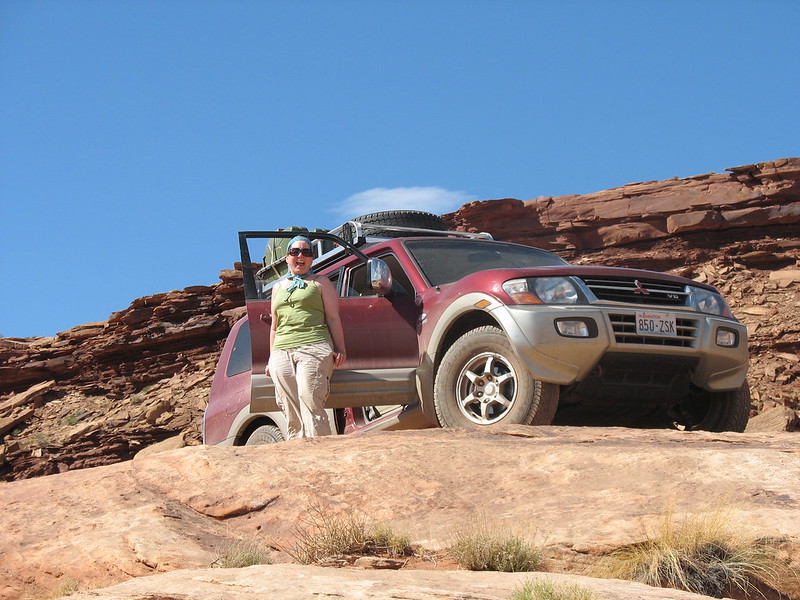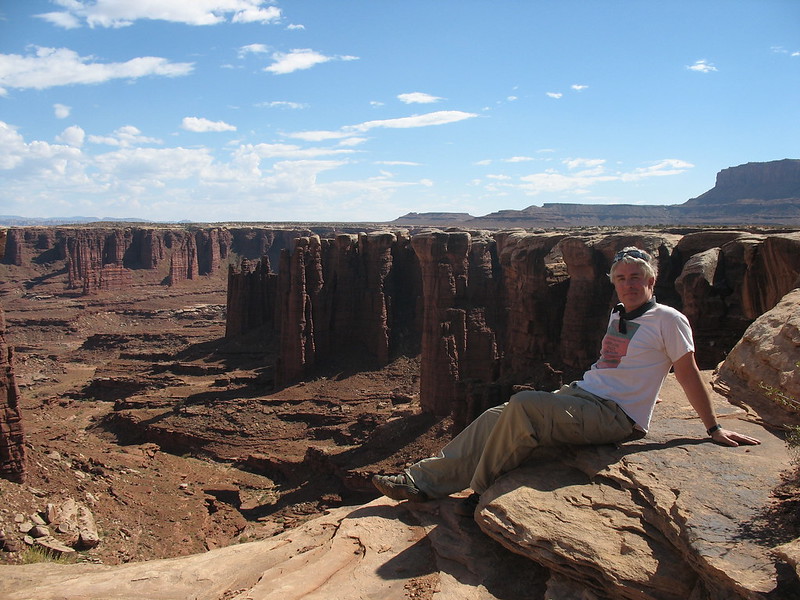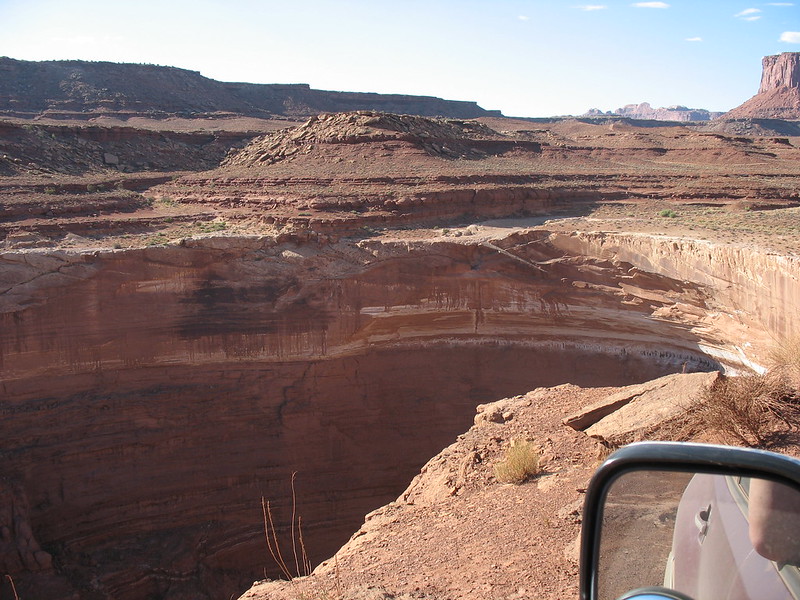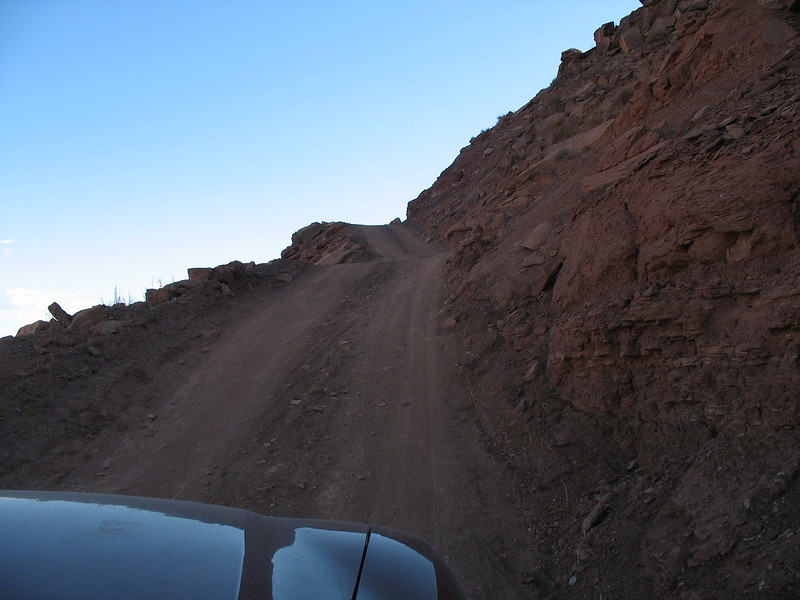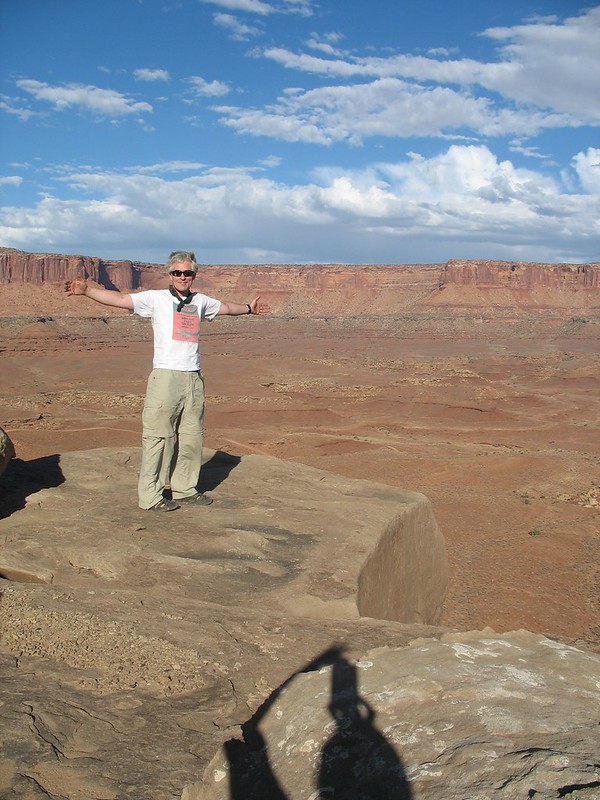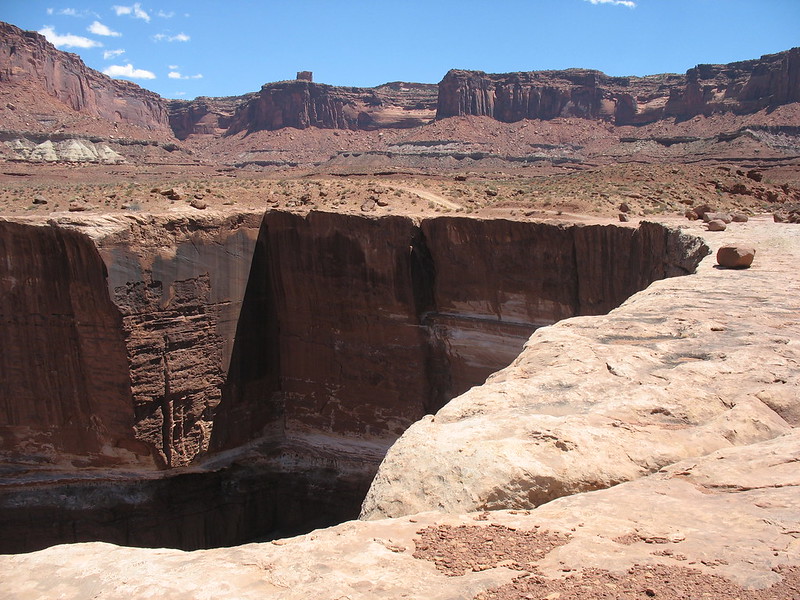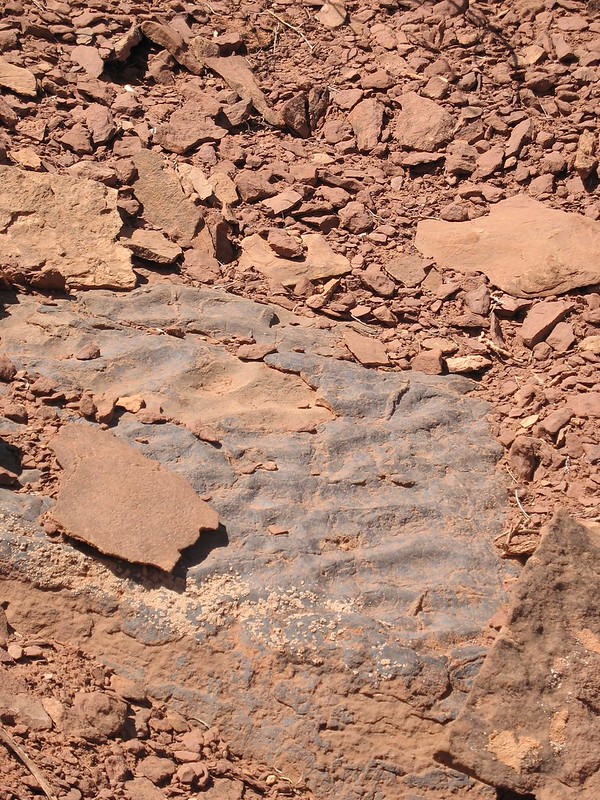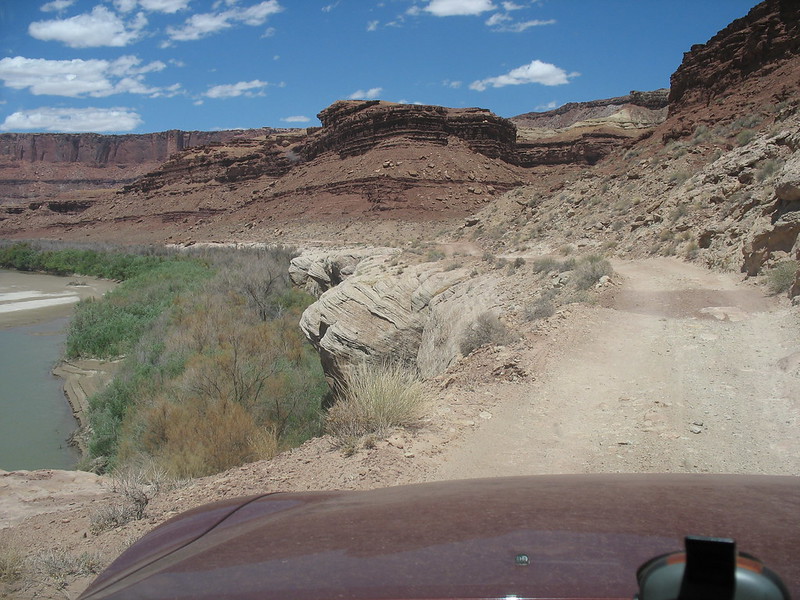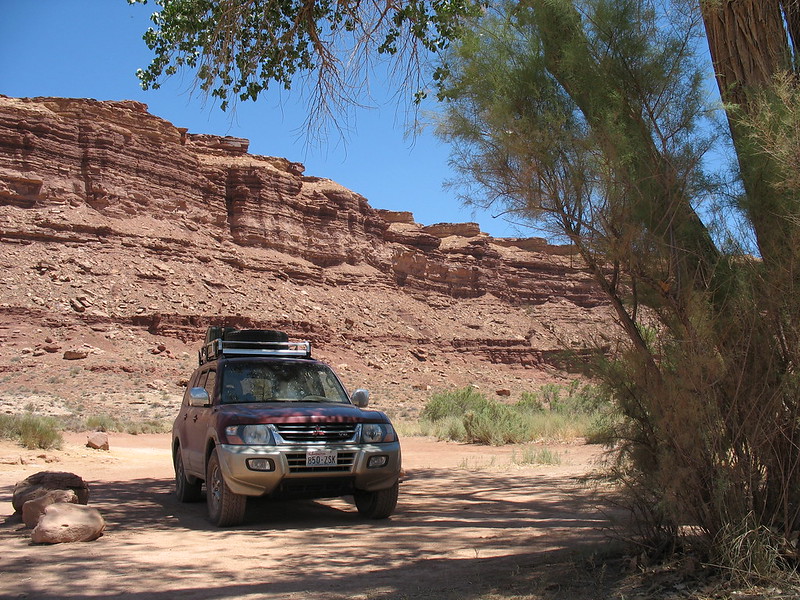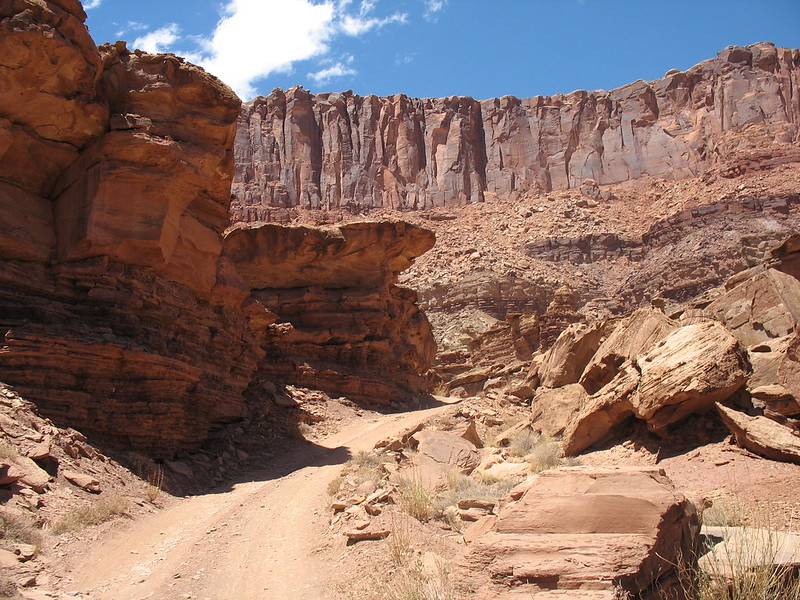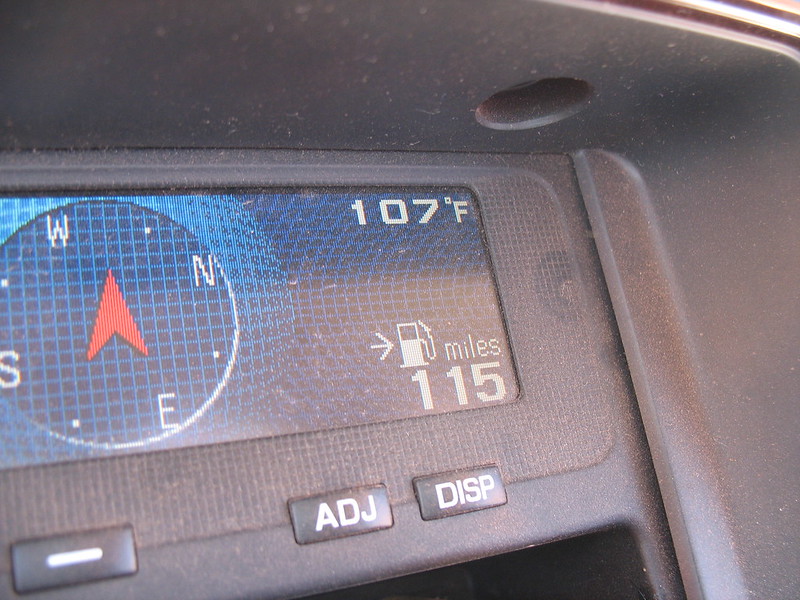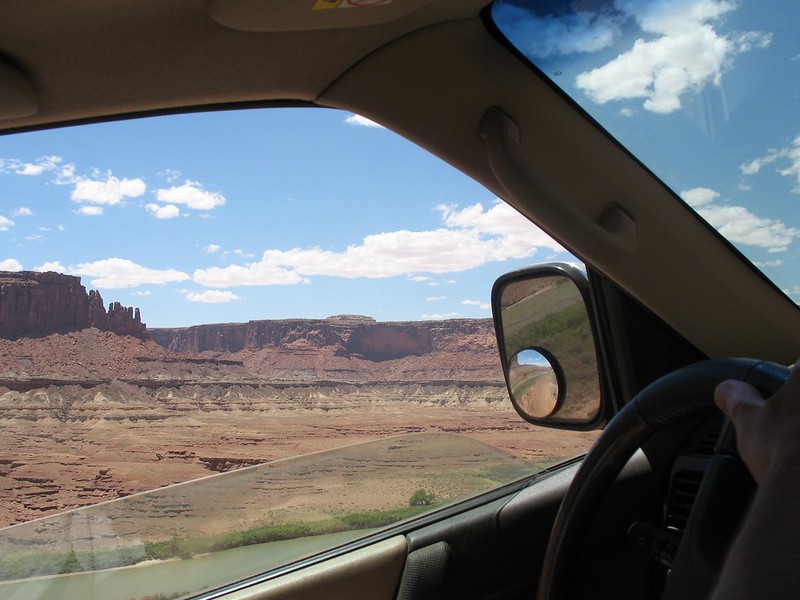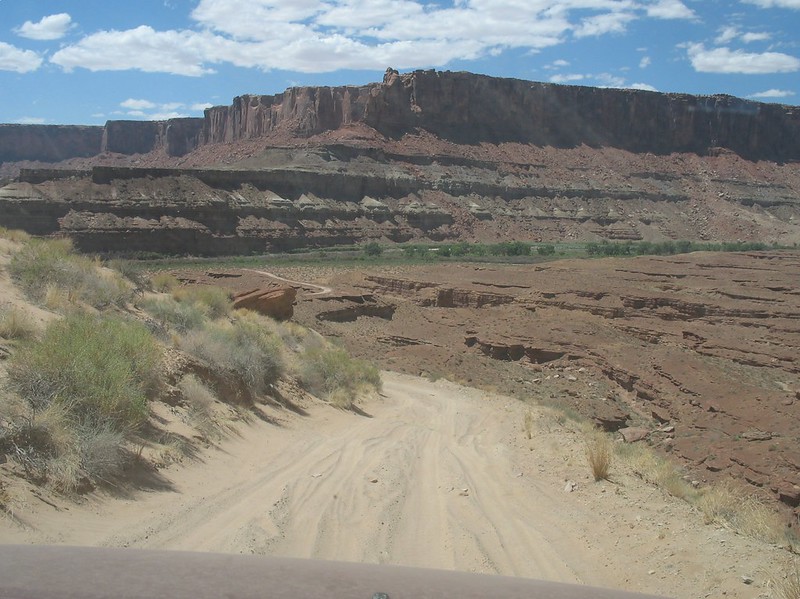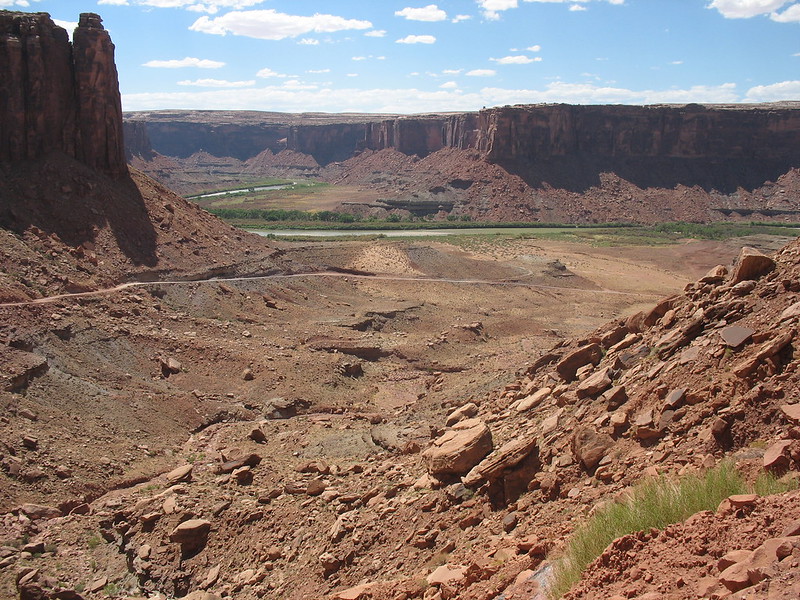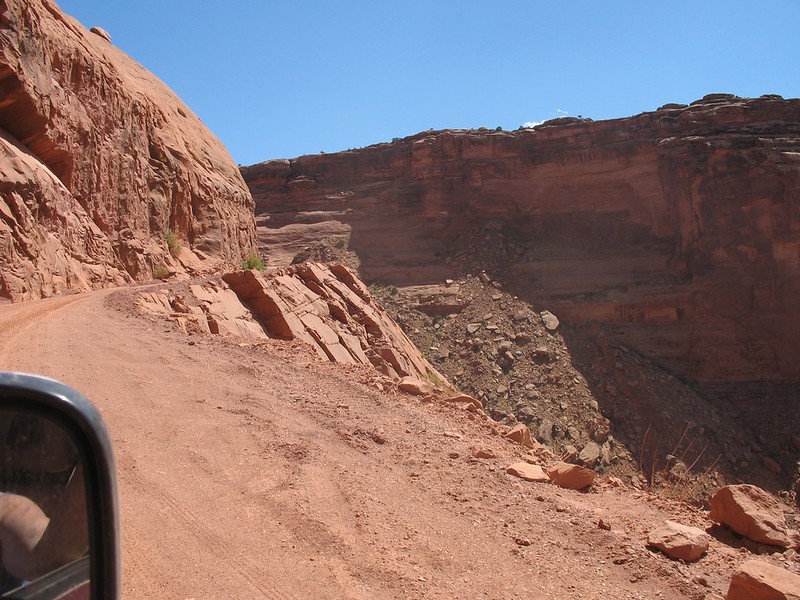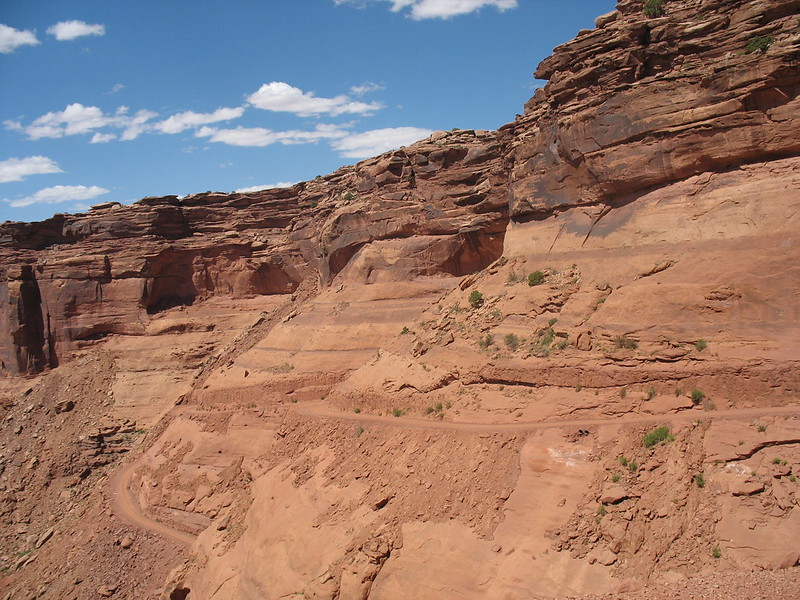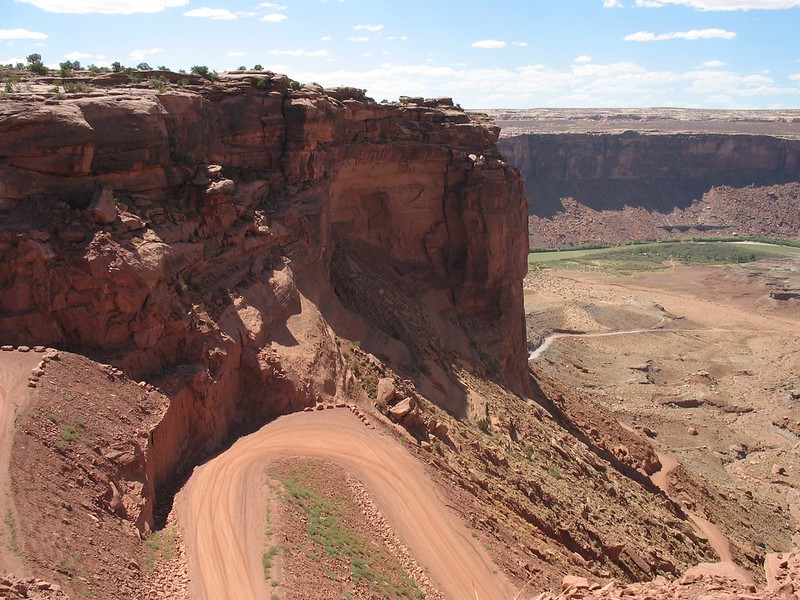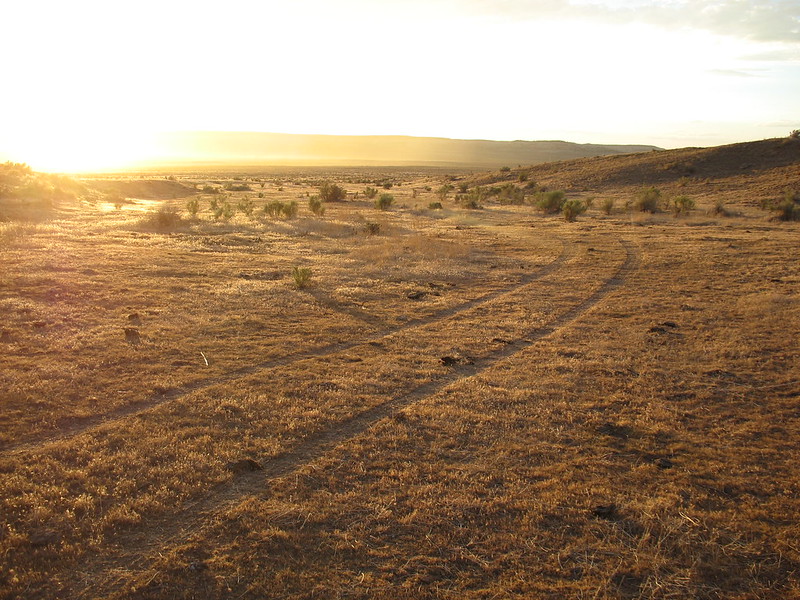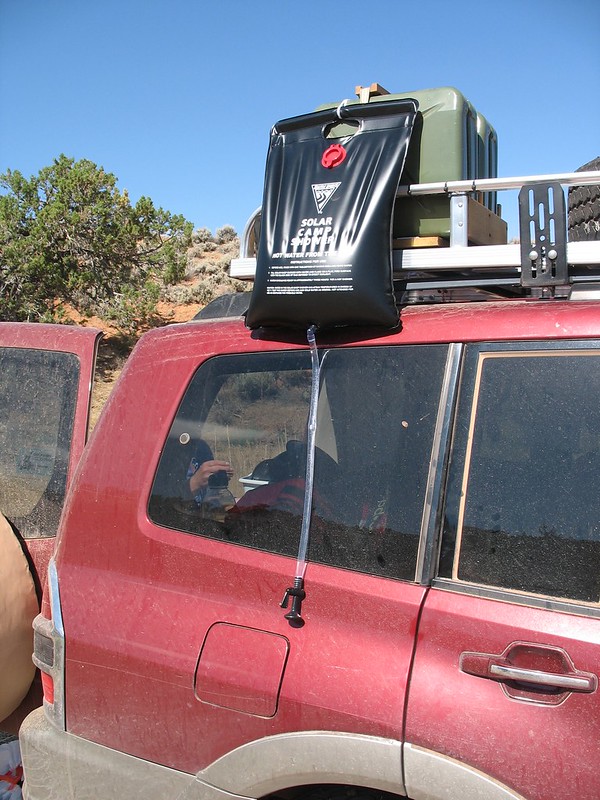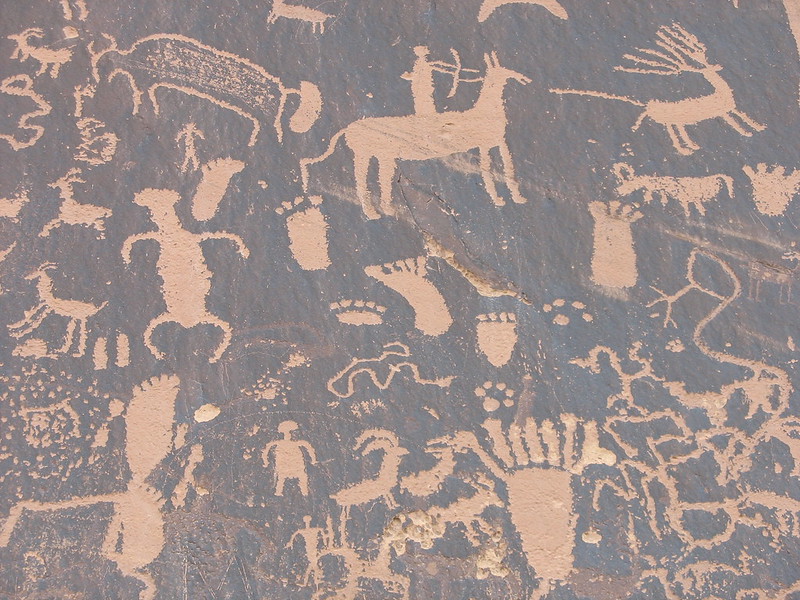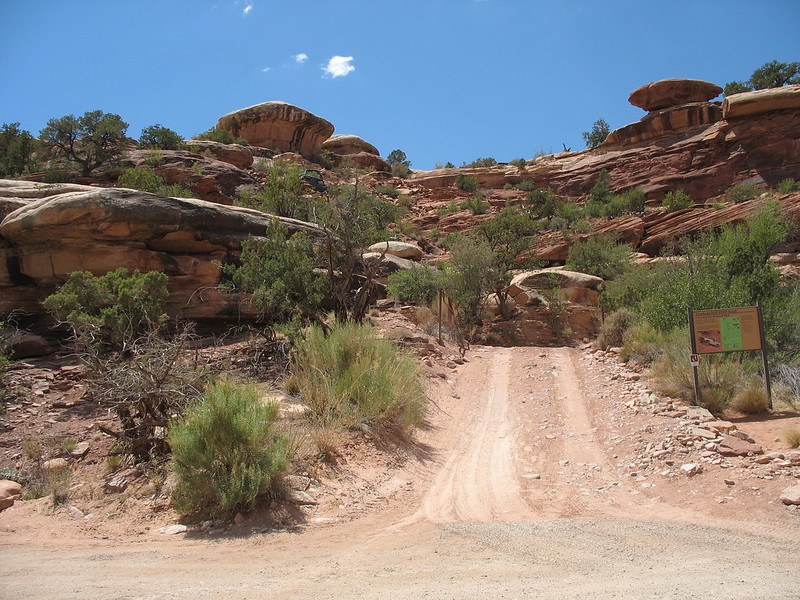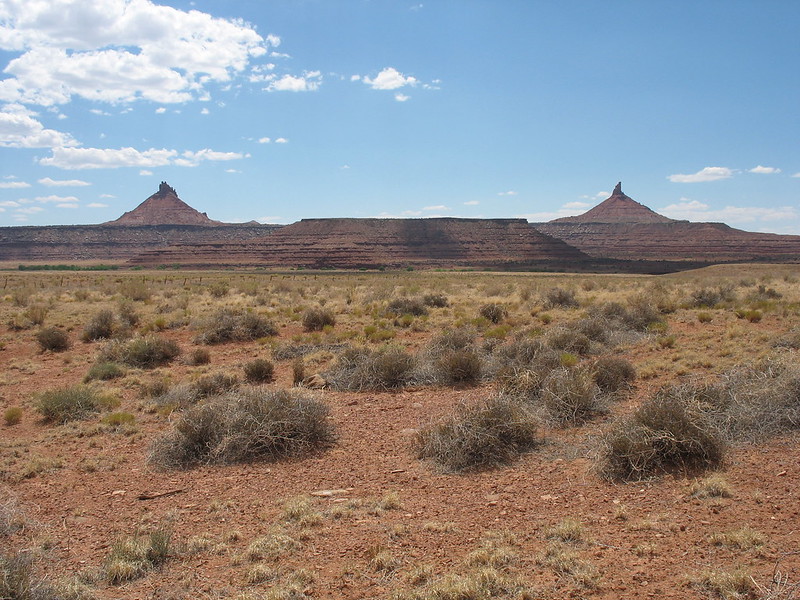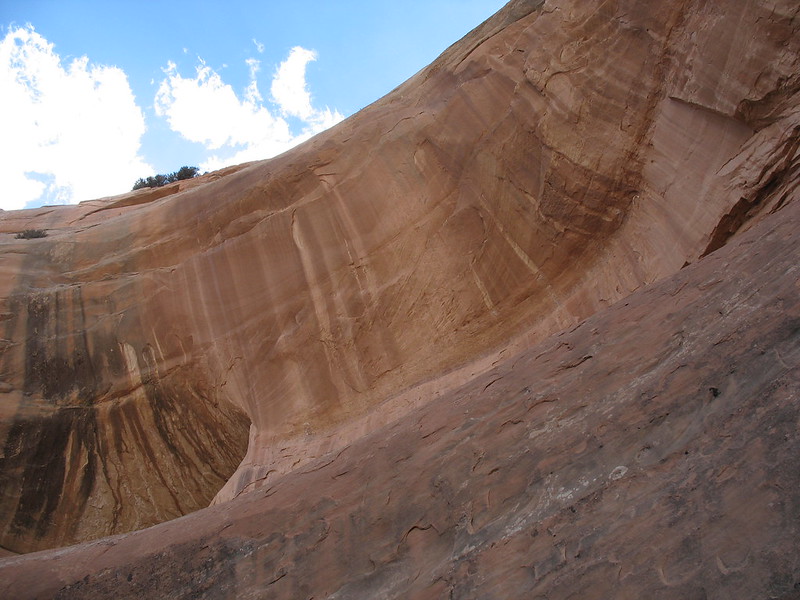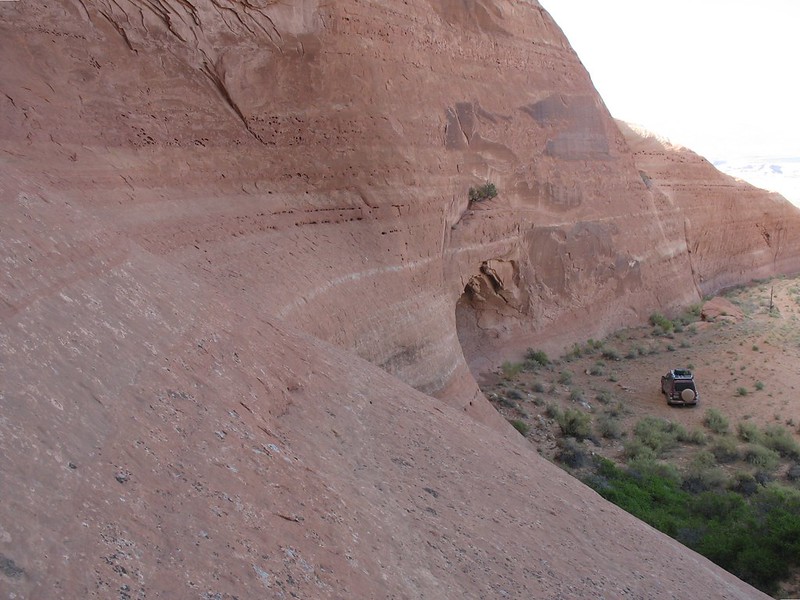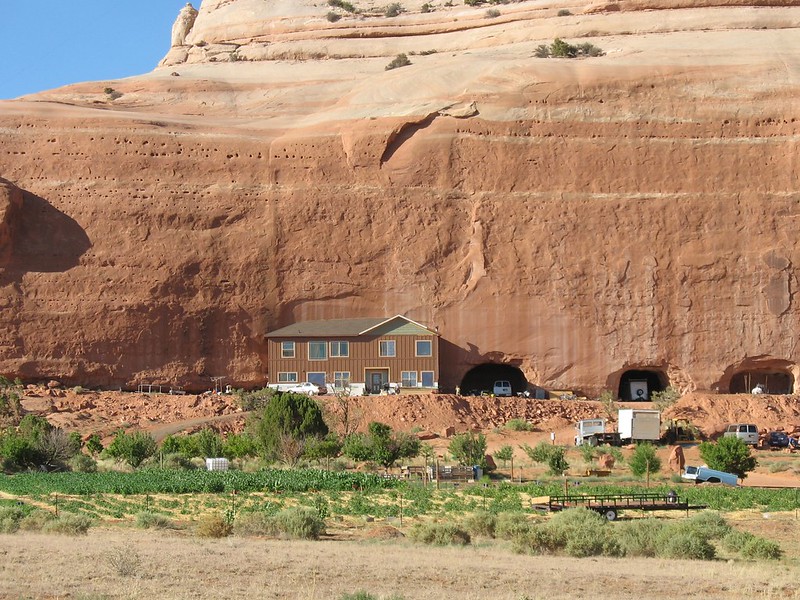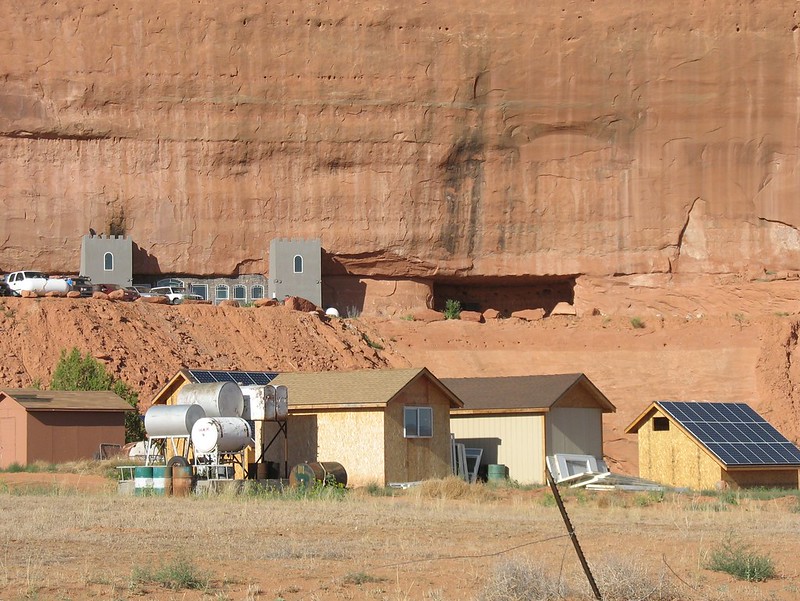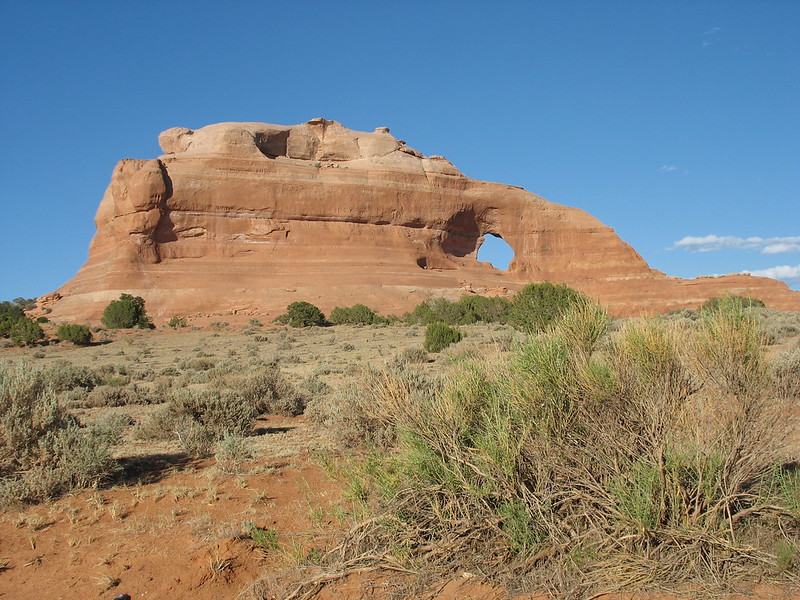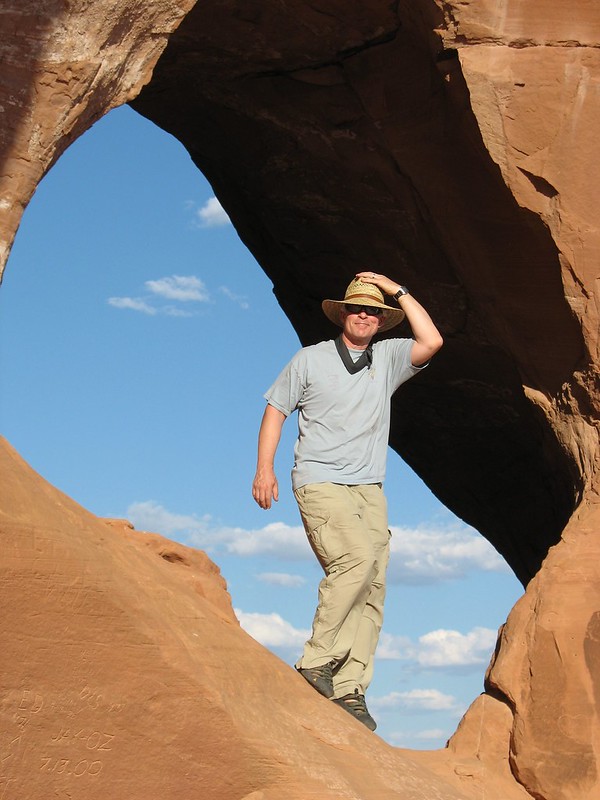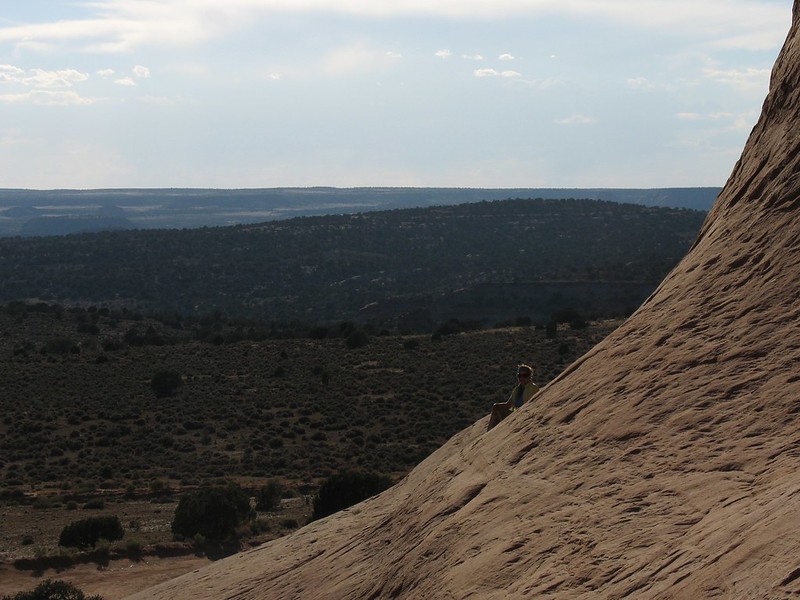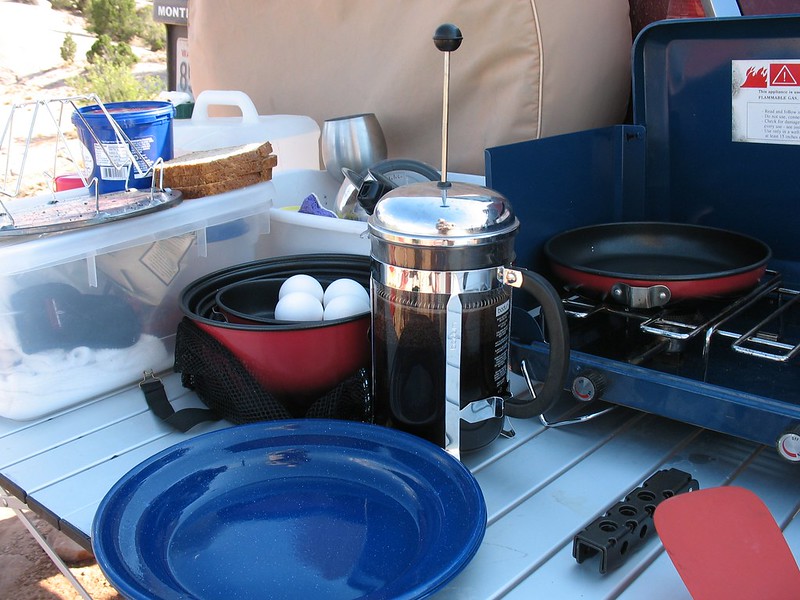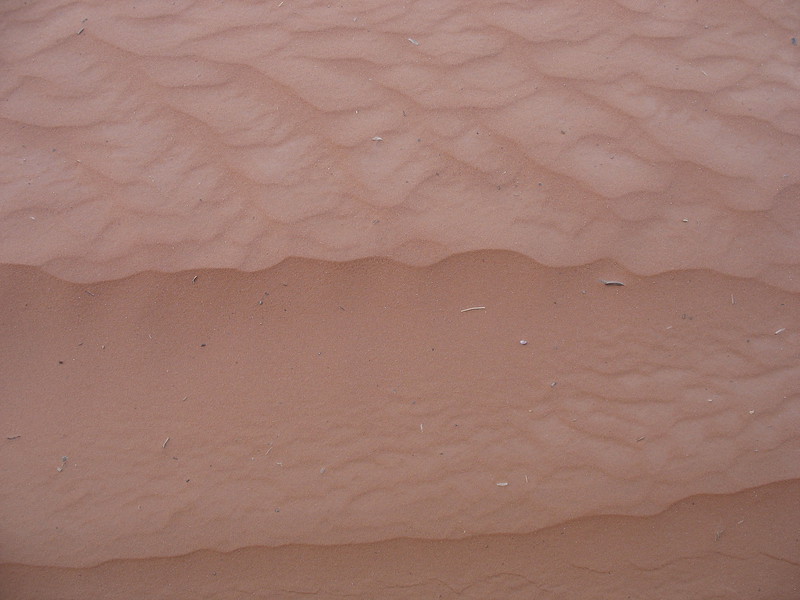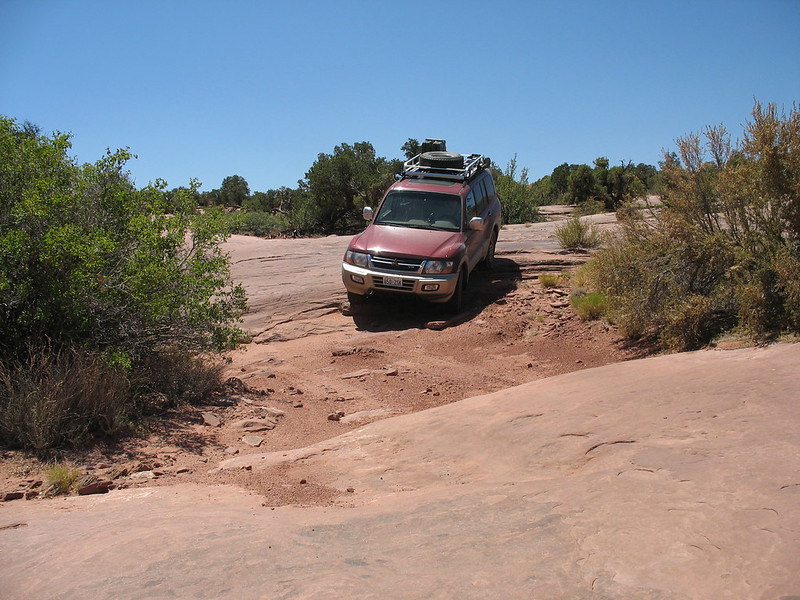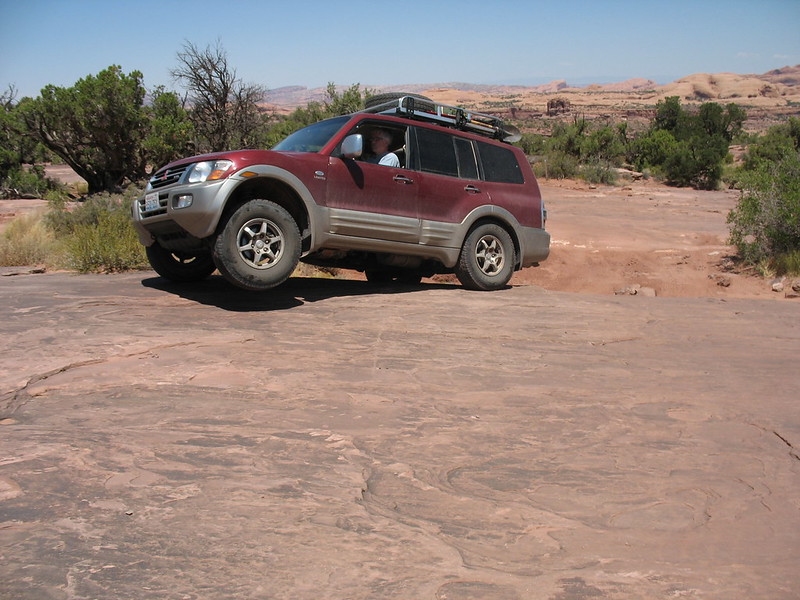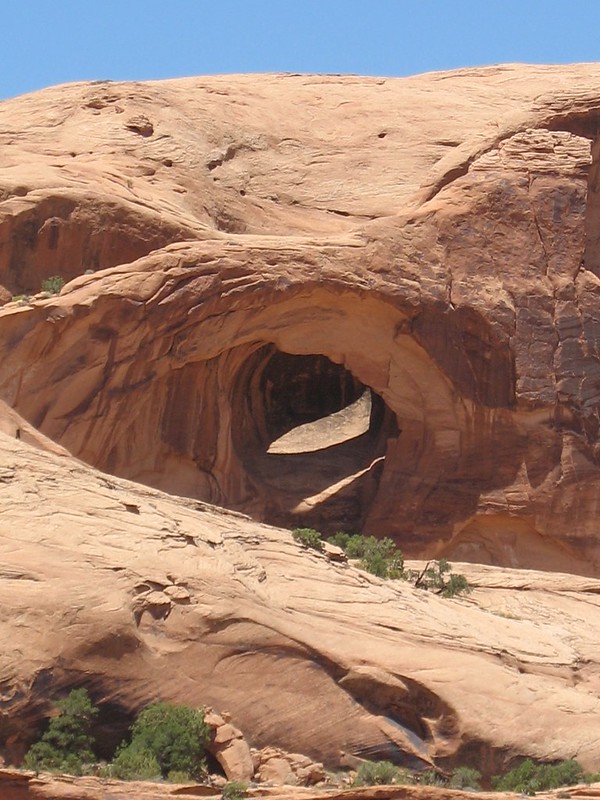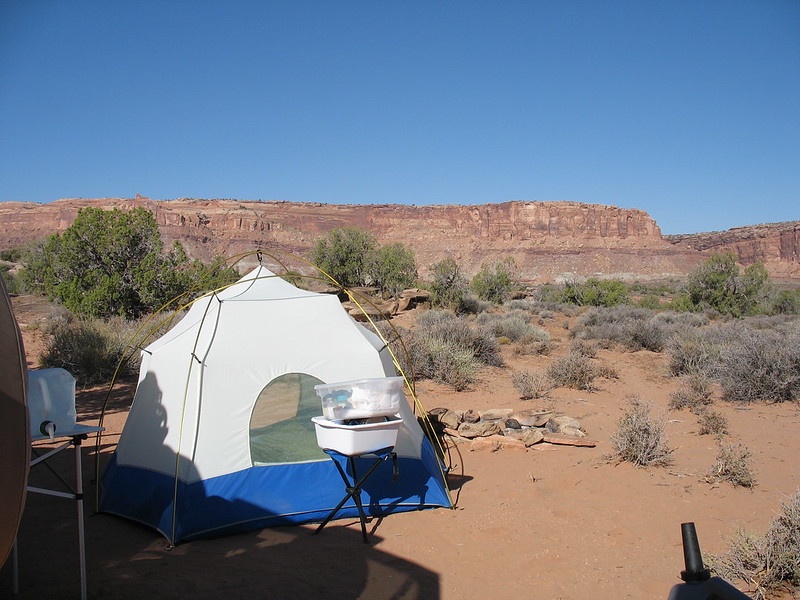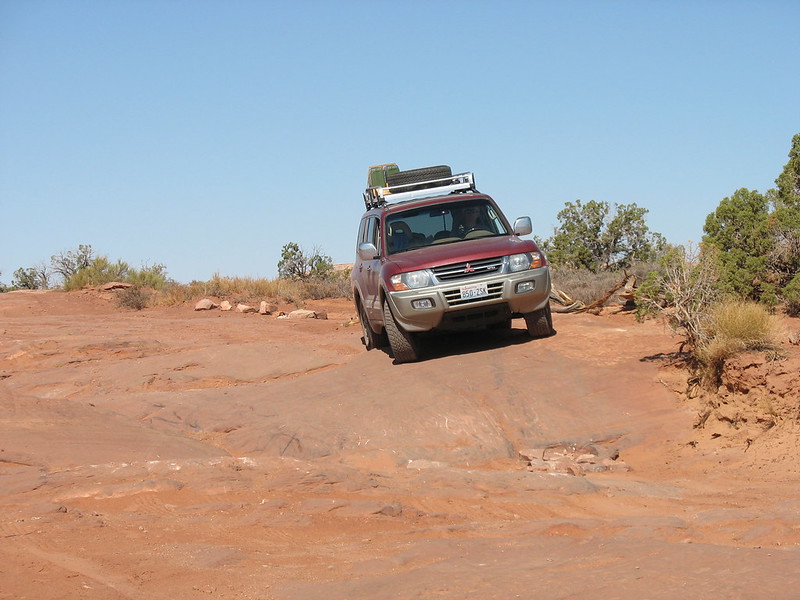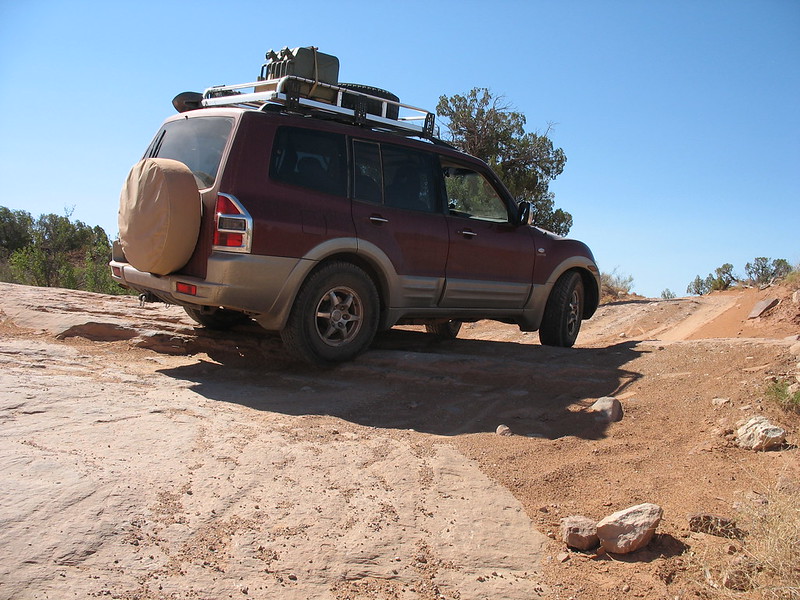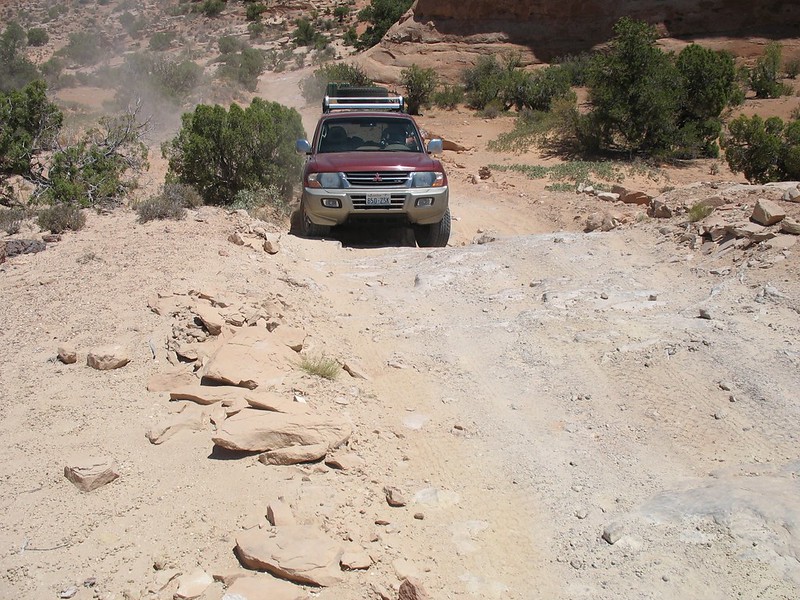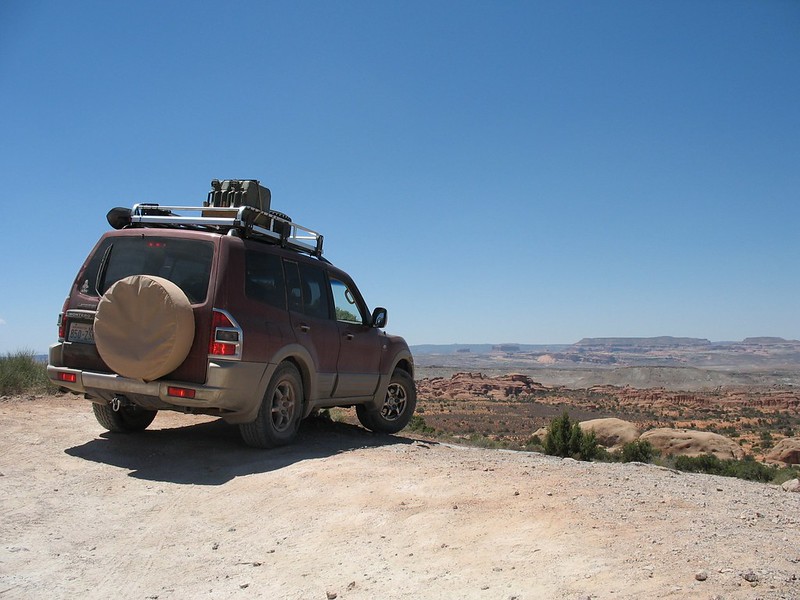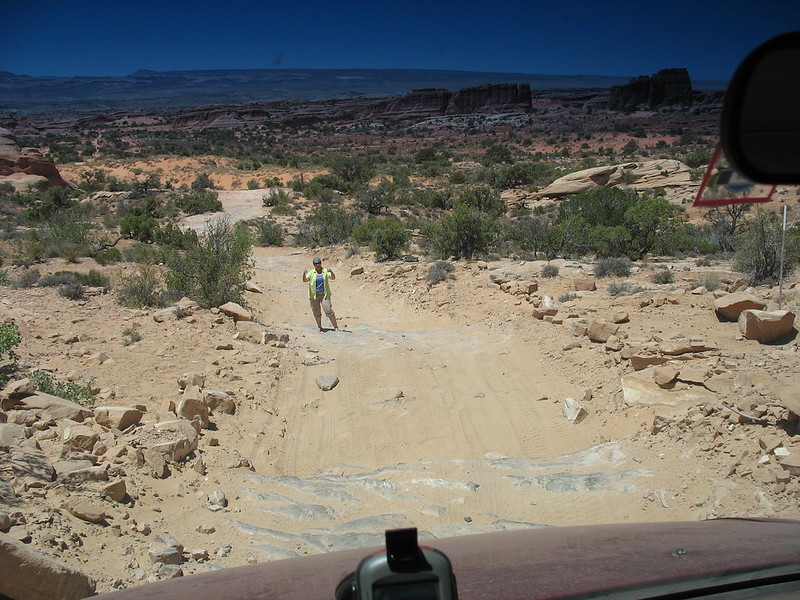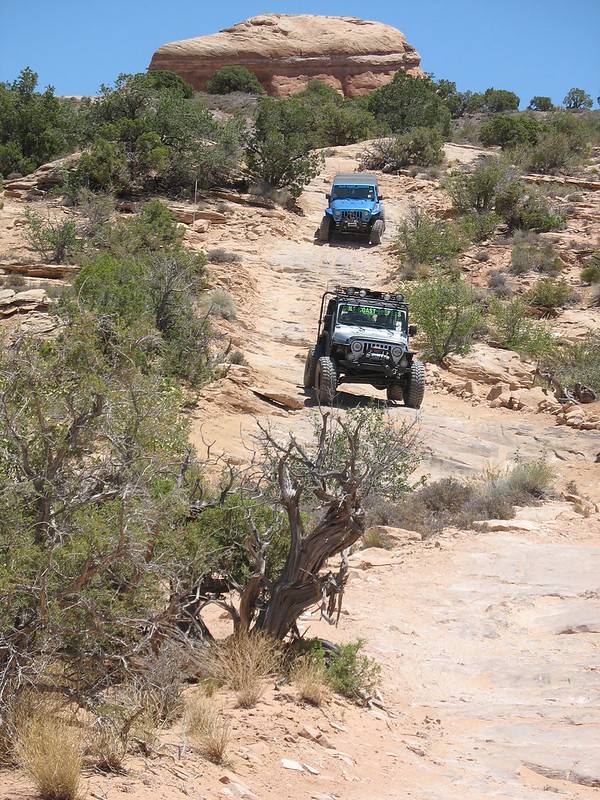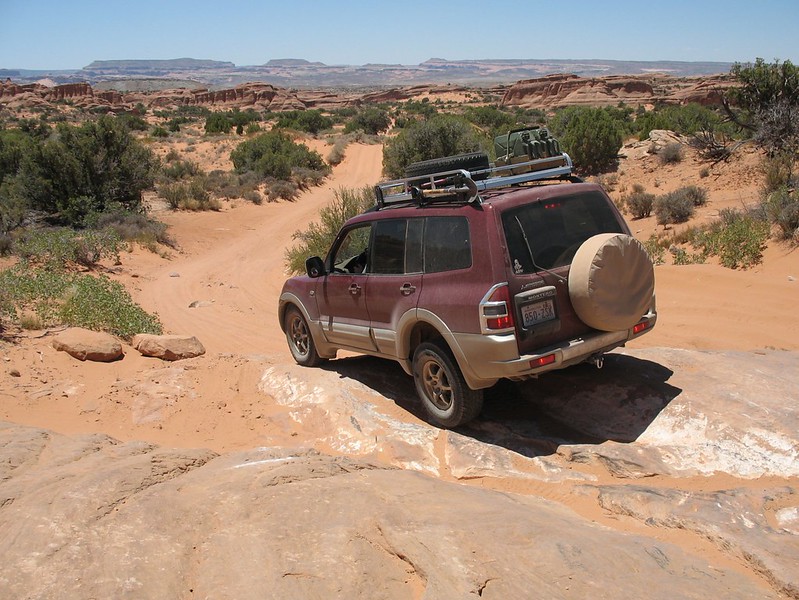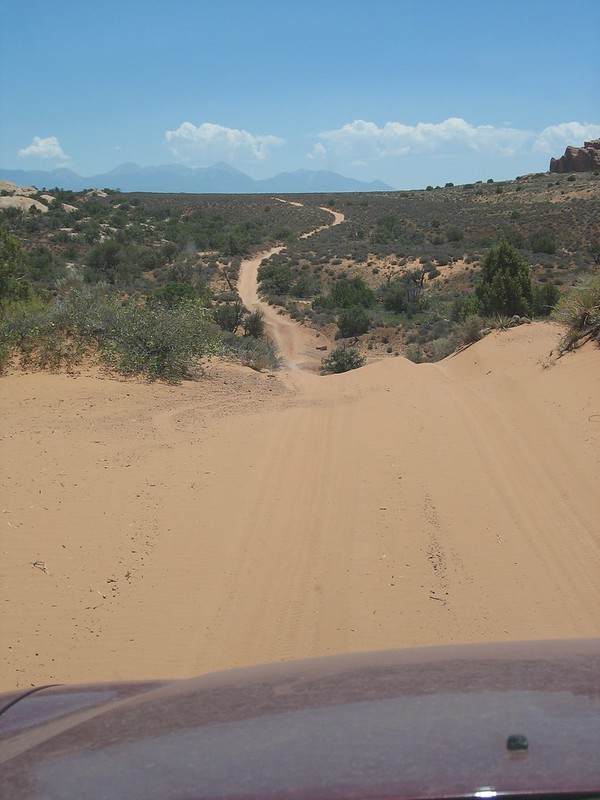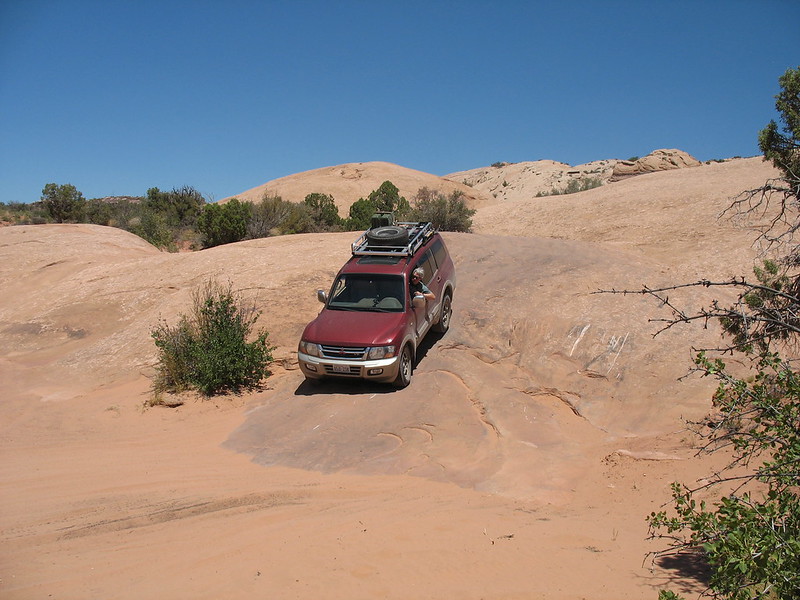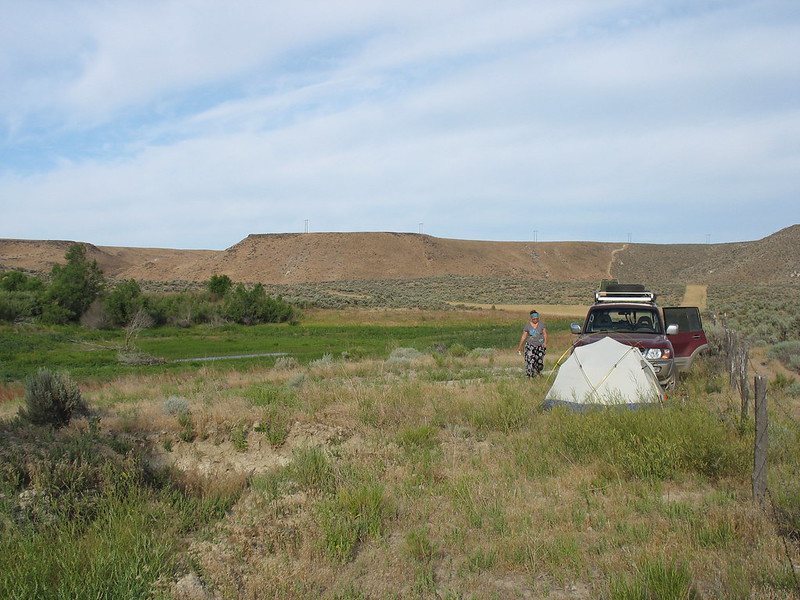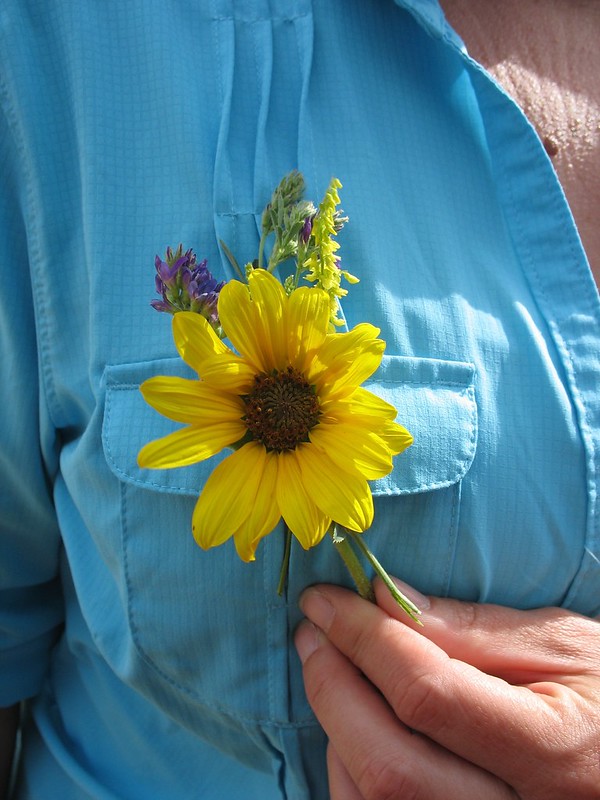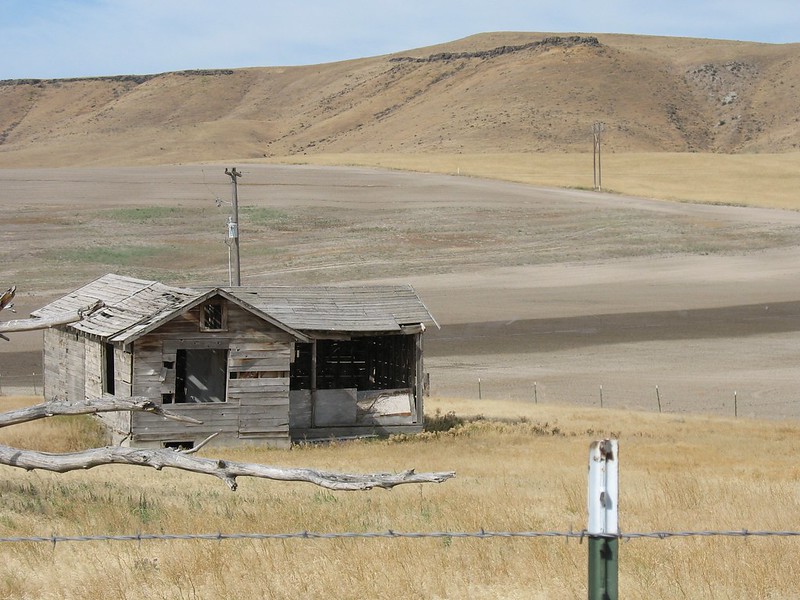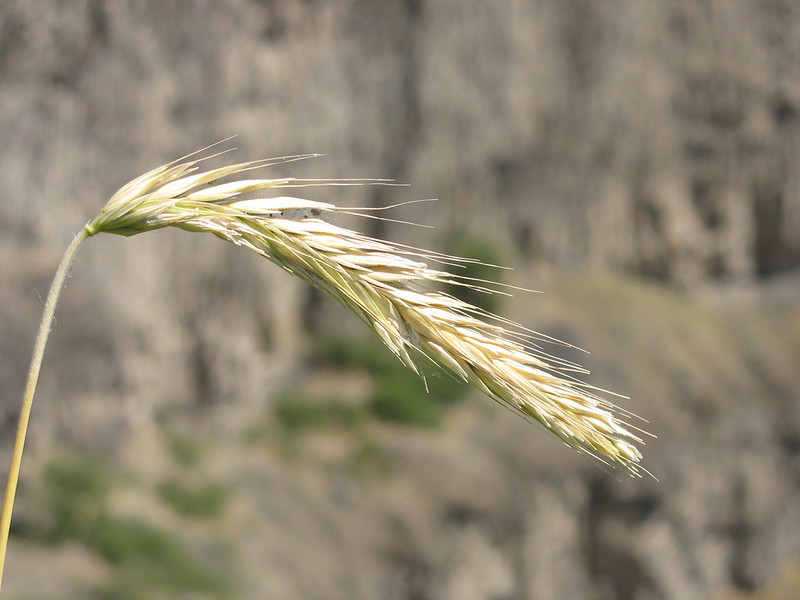Sabre
Overlanding Nurse
My wife and I just returned to our home in northwest Washington State from 10 days of backcountry camping, the first time that we've tested ourselves on an extended camping trip. The theme for our trip was exploration; we found most of our campsites simply by poking our noses into the hills. The format would be to spend every day driving our truck as far into the backcountry as we could, staying in a different place each night. It was to be a wonderful learning experience for us both, having been married for only two years and each coming from the opposite end of the camping spectrum. My experience was based in wilderness backpacking and alpine snow camping, while hers consisted solely of 2-day motor home trips to state parks. We re-invented our ideas about camping to accommodate a new paradigm based on this format of 4x4 overland exploration. It was going to prove to be a wonderful, amazing adventure. Our vehicle is a 2001 Mitsubishi Montero Ltd, bone-stock other than the addition of some slightly taller tires (265/75-16) and a roof rack. This truck is a real compromise: it's a very comfortable family car, a daily driver that nevertheless has pretty respectable off-road abilities, bearing in mind the limitations of its independent four-wheel suspension and lack of mods.
Our first camp was in the Wallowa-Whitman National Forest, near the tiny town of Bridgeport in east-central Oregon.
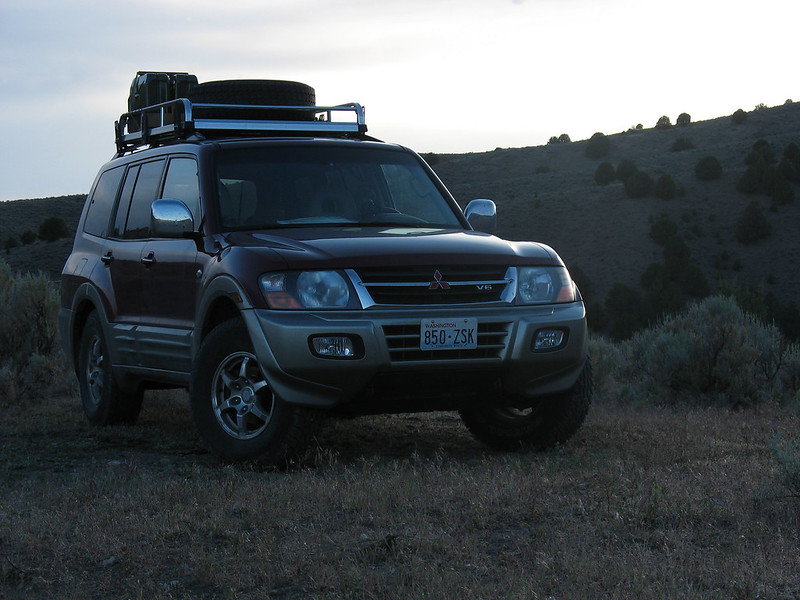

We mounted an aluminum rack (thank you, Craigslist) to the OEM roof bars using homemade clamps fabricated from the rack's mounting brackets. We scored a second spare wheel online and mounted it up top along with a high-lift jack, a shovel, and a couple of 20-liter fuel cans. There's still plenty of room up there for gear in the event that our girls come on the next trip and we need to keep the second row of seats in service. As it was, we folded everything flat in back, left the third-row seat in the garage, and enjoyed plenty of cargo space.
Our next stop was in the Nevada desert about 20 miles west of West Wendover. We had a couple of folding aluminum camp tables that were perfect for quickly setting up a kitchen. We also carried an Ezy Awning from Bus Depot that connects quickly to the roof rack mounts, although we never did end up deploying it as we spent only enough time at any one place for eating, washing and sleeping. Such brief stays at each camp meant that during our 1,900-mile round trip we put 3,400 miles on the Montero! I was very pleasantly surprised to find that my wife enjoyed finding off road trails more than she wanted to relax in camp.
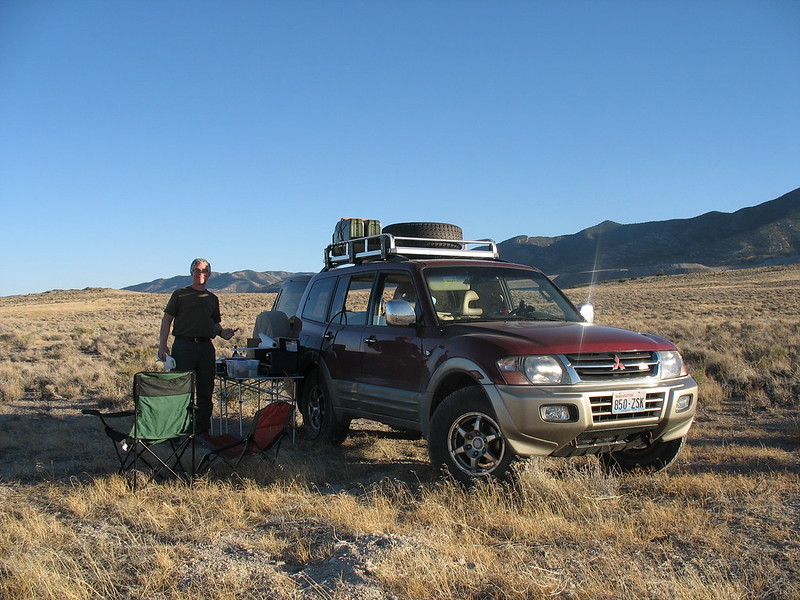
Our next jump was diagonally across the state of Utah, ending up on some public land just outside Arches National Park. One of the best investments we made for the trip was the Engel DeepBlue 80-quart cooler. We found some plastic storage boxes that fit exactly into the top of the cooler (resting on the inset lip), giving tremendous versatility and efficiency in storing a large amount of food. Even in temperatures over 110 degrees, this thing really worked beautifully. Therefore we enjoyed feta cheese in addition to the obvious cold beer and bacon.
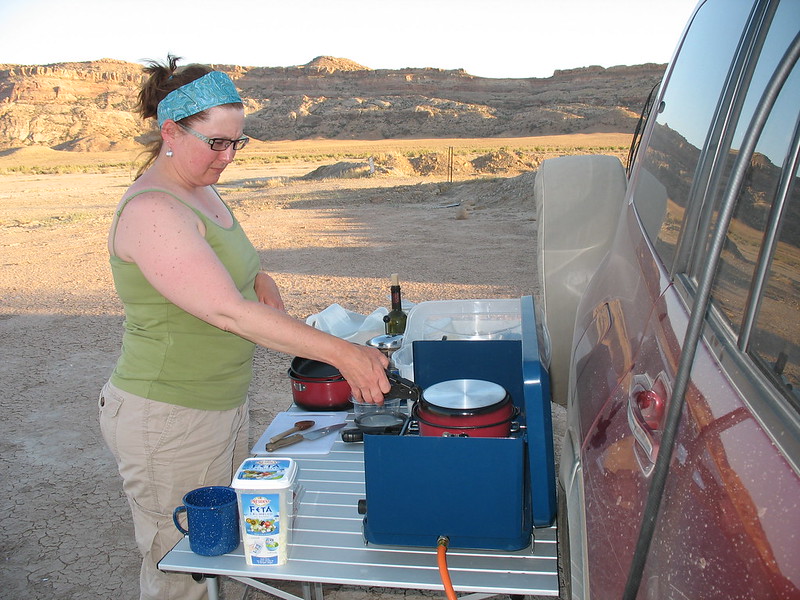
Our first day in the Moab area saw us heading down past the potash works along the Colorado River just east of town and entering the eastern end of the Shafer Trail. This is where we truly entered the canyonlands after which the national park is named. The many layers of sandstone laid down over hundreds of millions of years form an incredible variety of colors, textures and shapes. Evidence of past occupation of this area includes the relics left behind by mysterious ancient peoples as well as the more contemporary leavings of miners and ranchers.
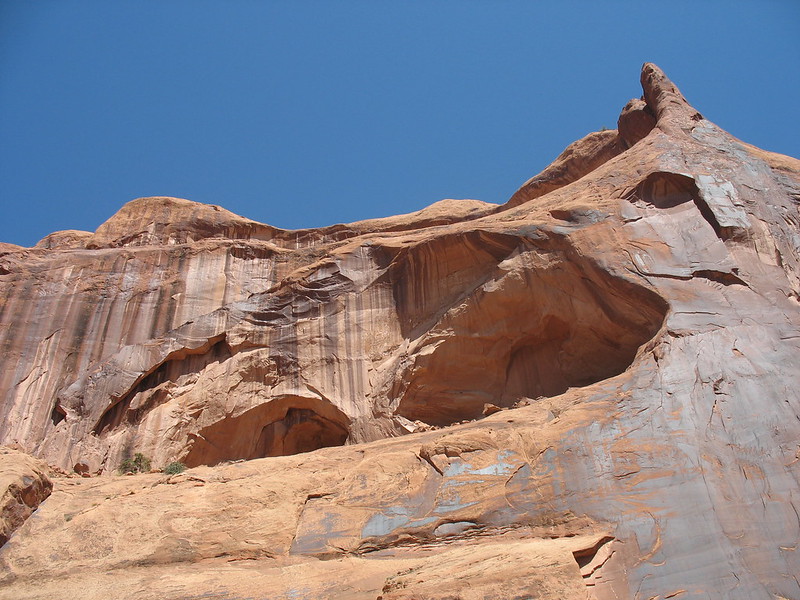

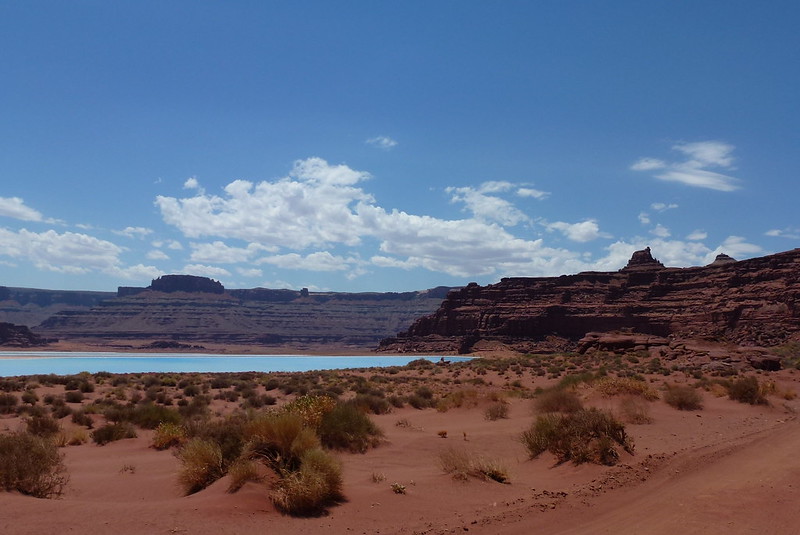

That shocking blue color in the third picture, above, is one of the potash settling ponds. As we left the river behind, we started finding the first of countless areas where the road squeezes between cliff wall and sheer drop.
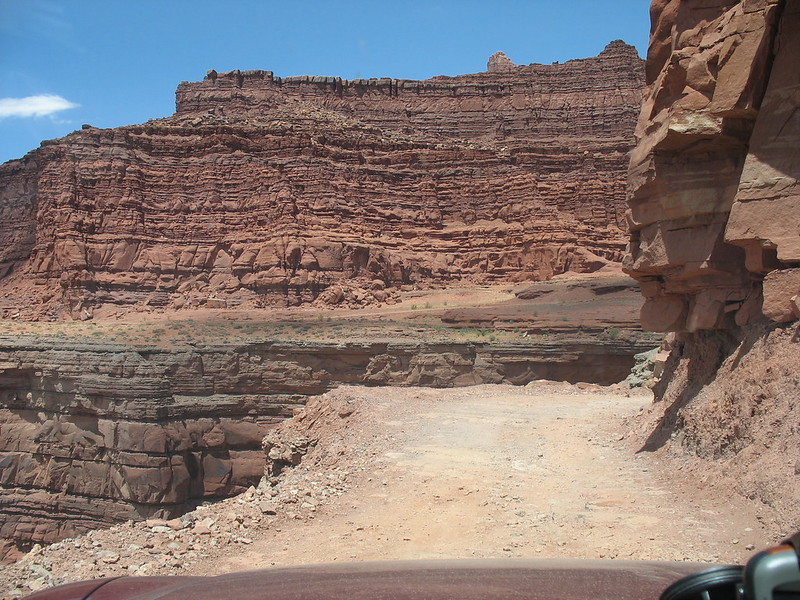
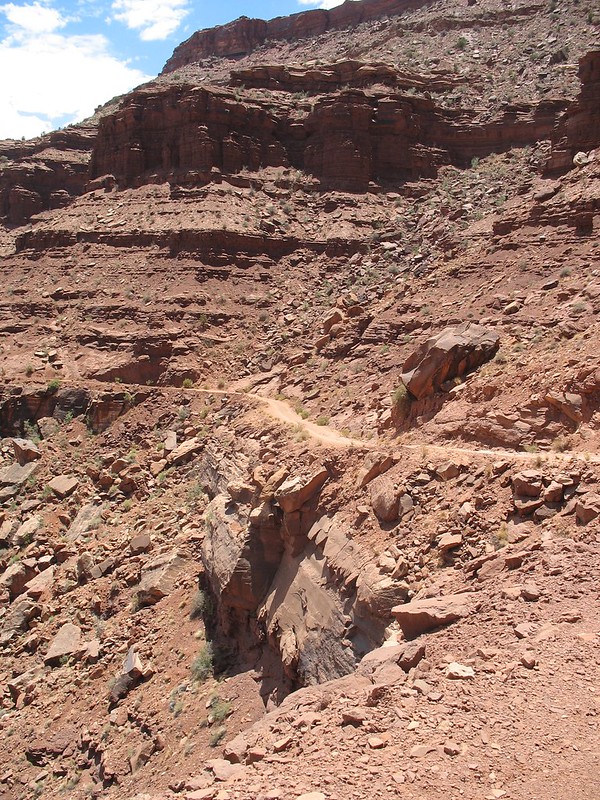

The incredible landscape was beyond anything we'd previously imagined.
Our first camp was in the Wallowa-Whitman National Forest, near the tiny town of Bridgeport in east-central Oregon.


We mounted an aluminum rack (thank you, Craigslist) to the OEM roof bars using homemade clamps fabricated from the rack's mounting brackets. We scored a second spare wheel online and mounted it up top along with a high-lift jack, a shovel, and a couple of 20-liter fuel cans. There's still plenty of room up there for gear in the event that our girls come on the next trip and we need to keep the second row of seats in service. As it was, we folded everything flat in back, left the third-row seat in the garage, and enjoyed plenty of cargo space.
Our next stop was in the Nevada desert about 20 miles west of West Wendover. We had a couple of folding aluminum camp tables that were perfect for quickly setting up a kitchen. We also carried an Ezy Awning from Bus Depot that connects quickly to the roof rack mounts, although we never did end up deploying it as we spent only enough time at any one place for eating, washing and sleeping. Such brief stays at each camp meant that during our 1,900-mile round trip we put 3,400 miles on the Montero! I was very pleasantly surprised to find that my wife enjoyed finding off road trails more than she wanted to relax in camp.

Our next jump was diagonally across the state of Utah, ending up on some public land just outside Arches National Park. One of the best investments we made for the trip was the Engel DeepBlue 80-quart cooler. We found some plastic storage boxes that fit exactly into the top of the cooler (resting on the inset lip), giving tremendous versatility and efficiency in storing a large amount of food. Even in temperatures over 110 degrees, this thing really worked beautifully. Therefore we enjoyed feta cheese in addition to the obvious cold beer and bacon.

Our first day in the Moab area saw us heading down past the potash works along the Colorado River just east of town and entering the eastern end of the Shafer Trail. This is where we truly entered the canyonlands after which the national park is named. The many layers of sandstone laid down over hundreds of millions of years form an incredible variety of colors, textures and shapes. Evidence of past occupation of this area includes the relics left behind by mysterious ancient peoples as well as the more contemporary leavings of miners and ranchers.




That shocking blue color in the third picture, above, is one of the potash settling ponds. As we left the river behind, we started finding the first of countless areas where the road squeezes between cliff wall and sheer drop.



The incredible landscape was beyond anything we'd previously imagined.




